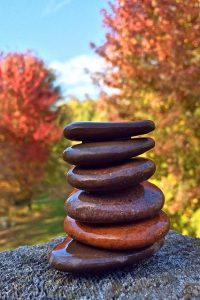For those who never wish to become a chiropractor or a physio, let’s simplify the oh so complicated FOOT structure to 1 crucial feature.
Most of you know that the foot absorbs your weight and the shock from hard surfaces, therefore acts as a cushion.
But how can a small thing like a FOOT do that??
The FOOT is supported by a total of more than 100 muscles, tendons, and ligaments, which all collaborate to form a “dome” shape shock absorbing structure of the FOOT.
It might be easier to imagine a camping tent, which has a structure that won’t collapse as long as you set it up correctly.
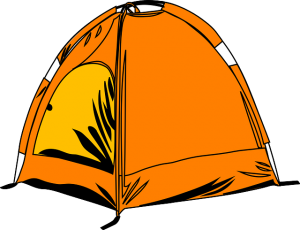
This collaboration structure in your FOOT (“dome”) is designed to be so strong that it absorbs more than x6 of our body weight when we land from a jump!!!! How amazing.
If there’s one thing you should retain from this post, is should be this “dome” like structure.
Why should we be so concerned about this “dome” shape of our FOOT?
Okay, one more thing to note today…
Most problems that occur in the FOOT can be boiled down to this one crucial factor, the deformation of the “dome”, most of the time being a “collapse” of the “dome”(aka, flat feet).
Moreover, most chronic joint or muscle problems that occur throughout the body can be affected by this “dome” problem.

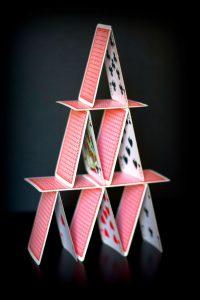
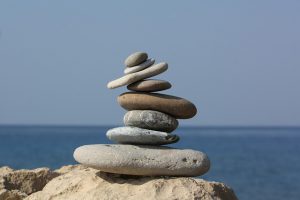
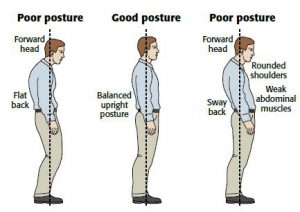

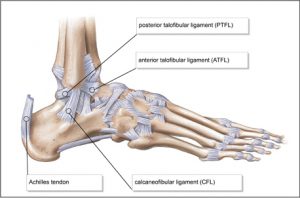 ★Depending on how much that joint is designed to MOVE, the joint surfaces (where the bones articulate) are usually covered with some degree of
★Depending on how much that joint is designed to MOVE, the joint surfaces (where the bones articulate) are usually covered with some degree of 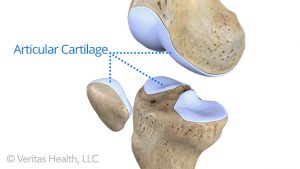 ★
★ 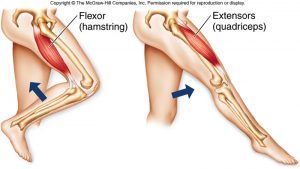
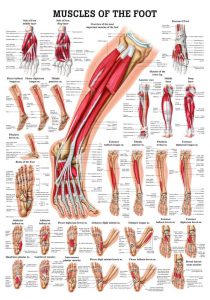 Why is our FOOT so important?
Why is our FOOT so important?